
Ayoa Boost Your Creativity in the Workplace Neurodiversity and Workplace Inclusion Success
What Is Neuro-Inclusive? Understanding the Meaning Neuro-Inclusive Meaning: A Workplace That Welcomes All Minds Neuro inclusive meaning refers…
Read More 》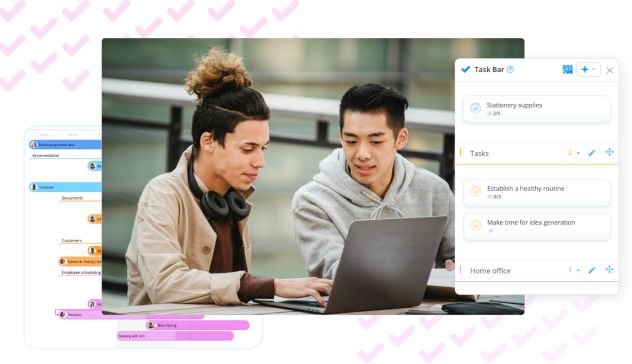
ADHD AI DSA (Digital Skills Assistance) Insights Mind Mapping Neurodiversity and Workplace Inclusion Project Management Tips and Best Practices
How to Communicate with Neurodivergent People Effectively The Importance of Clear and Direct Communication Within a team, clear…
Read More 》
AI Mind Mapping Neurodiversity and Workplace Inclusion Productivity
The Benefits of Using Icons in Neurodivergent Mind Maps How Icons Improve Memory Retention and Focus Icons significantly…
Read More 》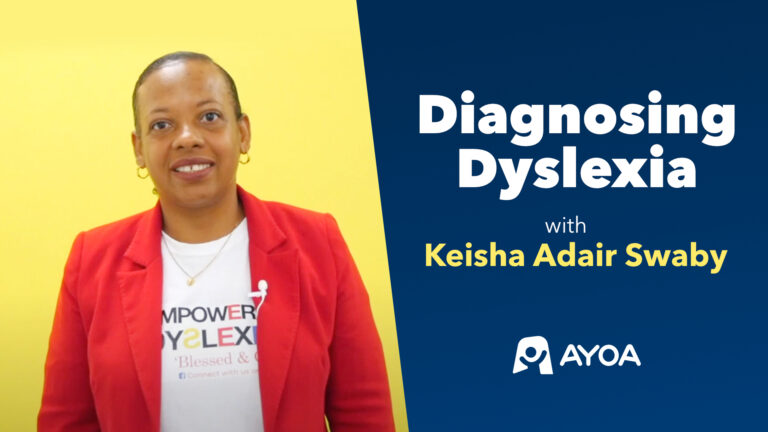
DSA (Digital Skills Assistance) Insights Education and Learning Neurodiversity and Workplace Inclusion Video
Recognising dyslexia early can make a significant difference in someone’s educational journey and beyond. Each person has a…
Read More 》
DSA (Digital Skills Assistance) Insights Education and Learning Neurodiversity and Workplace Inclusion
Whether you’re neurotypical or neurodivergent, university life can be filled with numerous tasks, projects, and deadlines that can…
Read More 》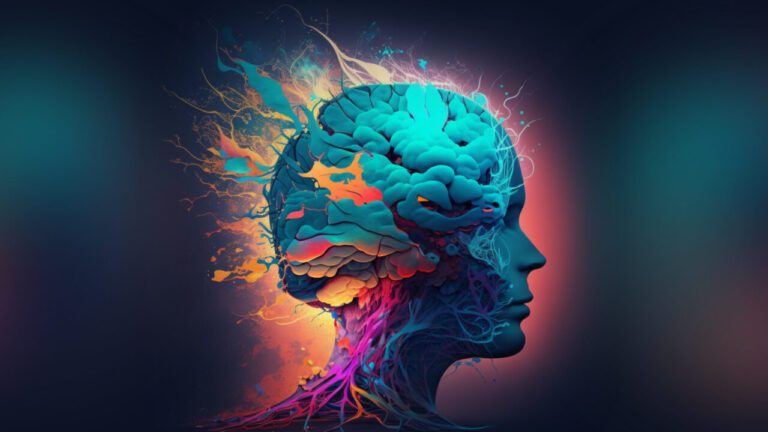
AI Ayoa DSA (Digital Skills Assistance) Insights Neurodiversity and Workplace Inclusion
Every classroom across the world has one thing in common: variety. Wherever there is a group of students,…
Read More 》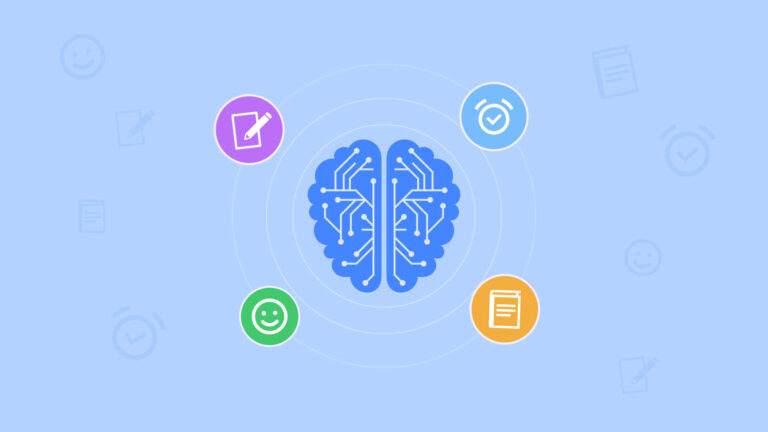
DSA (Digital Skills Assistance) Insights Neurodiversity and Workplace Inclusion Students
Being a student is a unique and wonderful experience, but it also comes with a lot of pressure….
Read More 》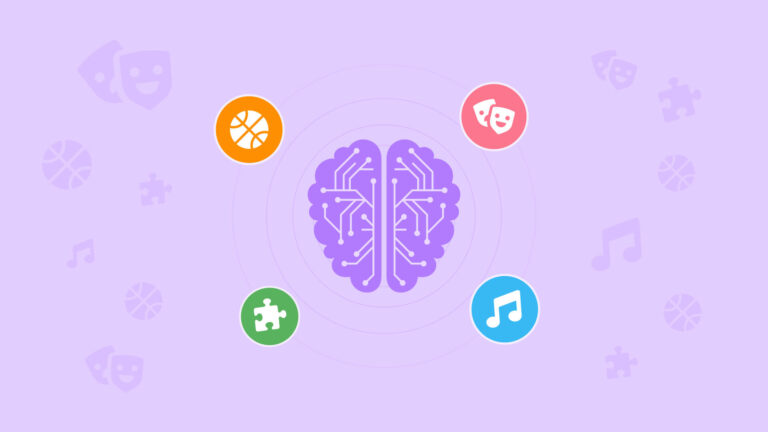
DSA (Digital Skills Assistance) Insights Neurodiversity and Workplace Inclusion Students
Autumn is well underway, and we’re officially back into the thick of the academic season. With the chaos…
Read More 》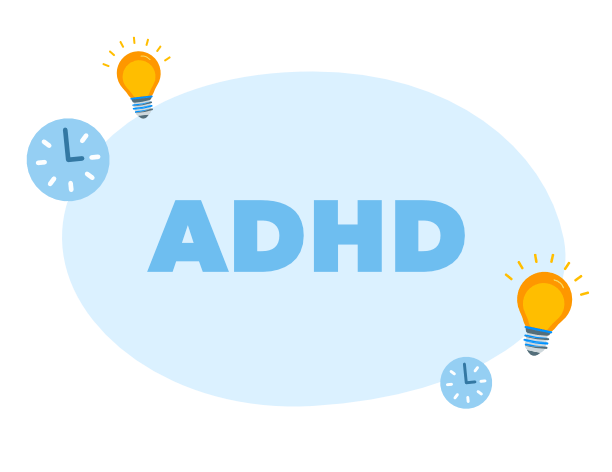
ADHD Neurodiversity and Workplace Inclusion
From Hollywood stereotypes as ‘hyperactive little boys’ to controversy in treatment, attention deficit hyperactivity disorder can get a…
Read More 》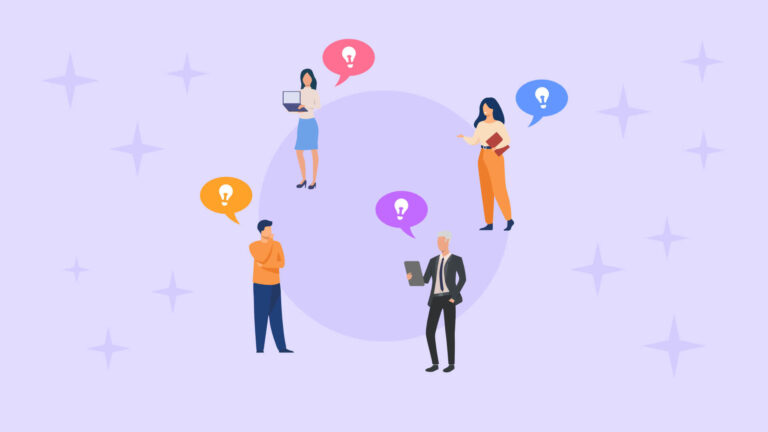
Boost Your Creativity in the Workplace Mental Health Neurodiversity and Workplace Inclusion
Mental health is a thorny, multi-faceted topic and one which cannot be comprehensively tackled in a single blog…
Read More 》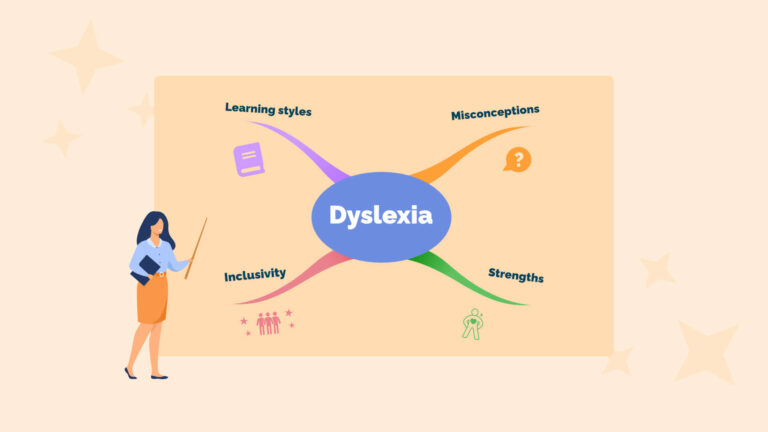
Education and Learning Neurodiversity and Workplace Inclusion
It goes without saying that all educators want to support learners in the classroom. Teaching requires serious skill;…
Read More 》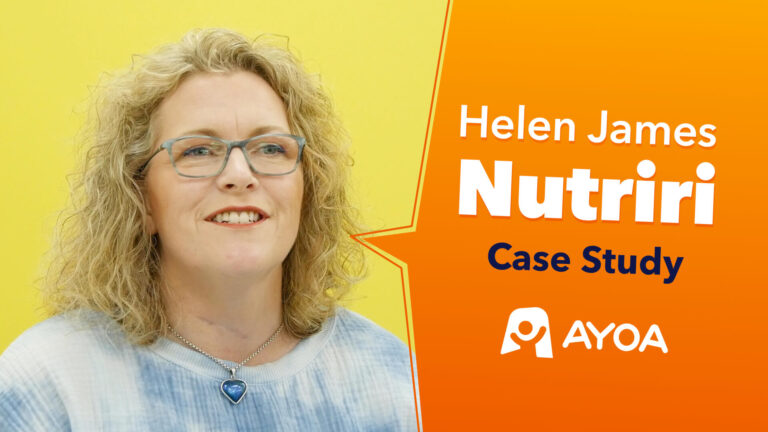
ADHD Case Studies Neurodiversity and Workplace Inclusion Productivity Video Workplace Productivity and Tips
In a richly diverse world which also now possesses the wonders of virtual reality, more than ever it…
Read More 》